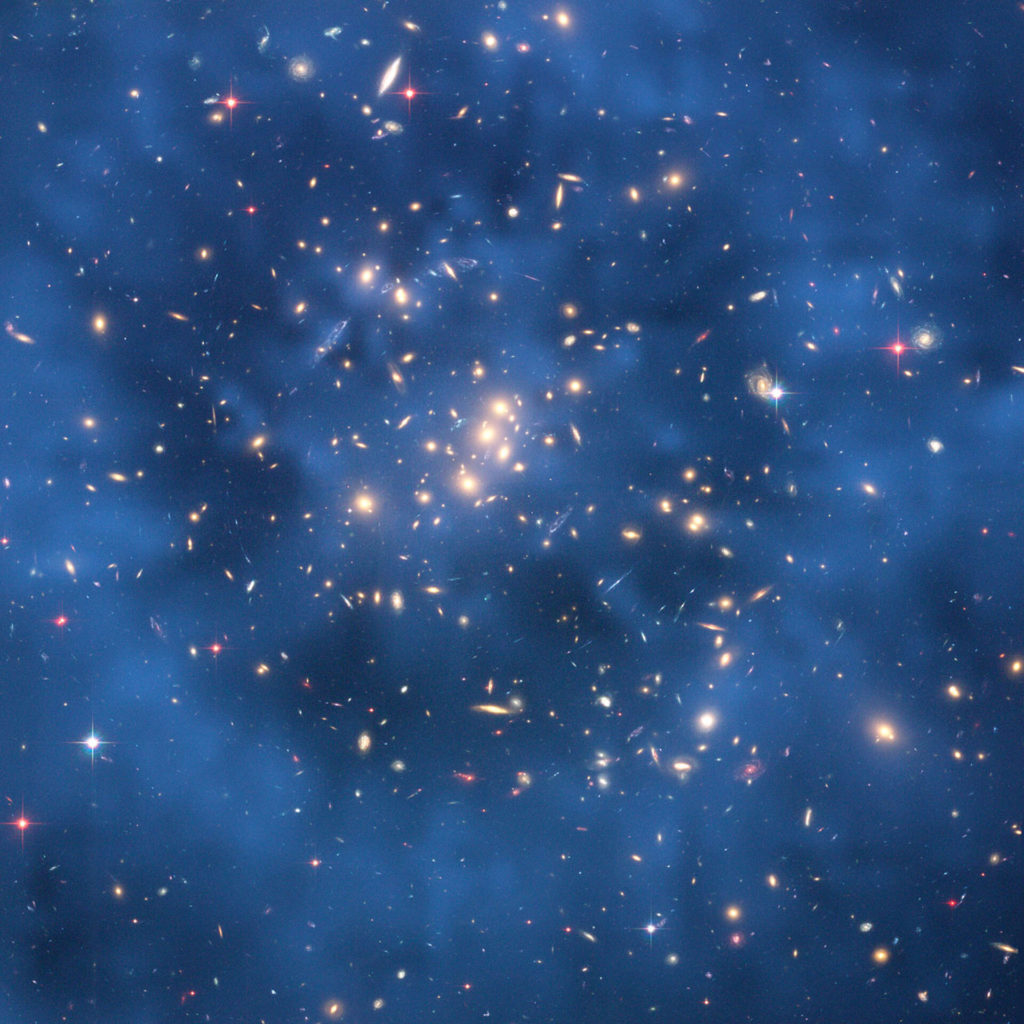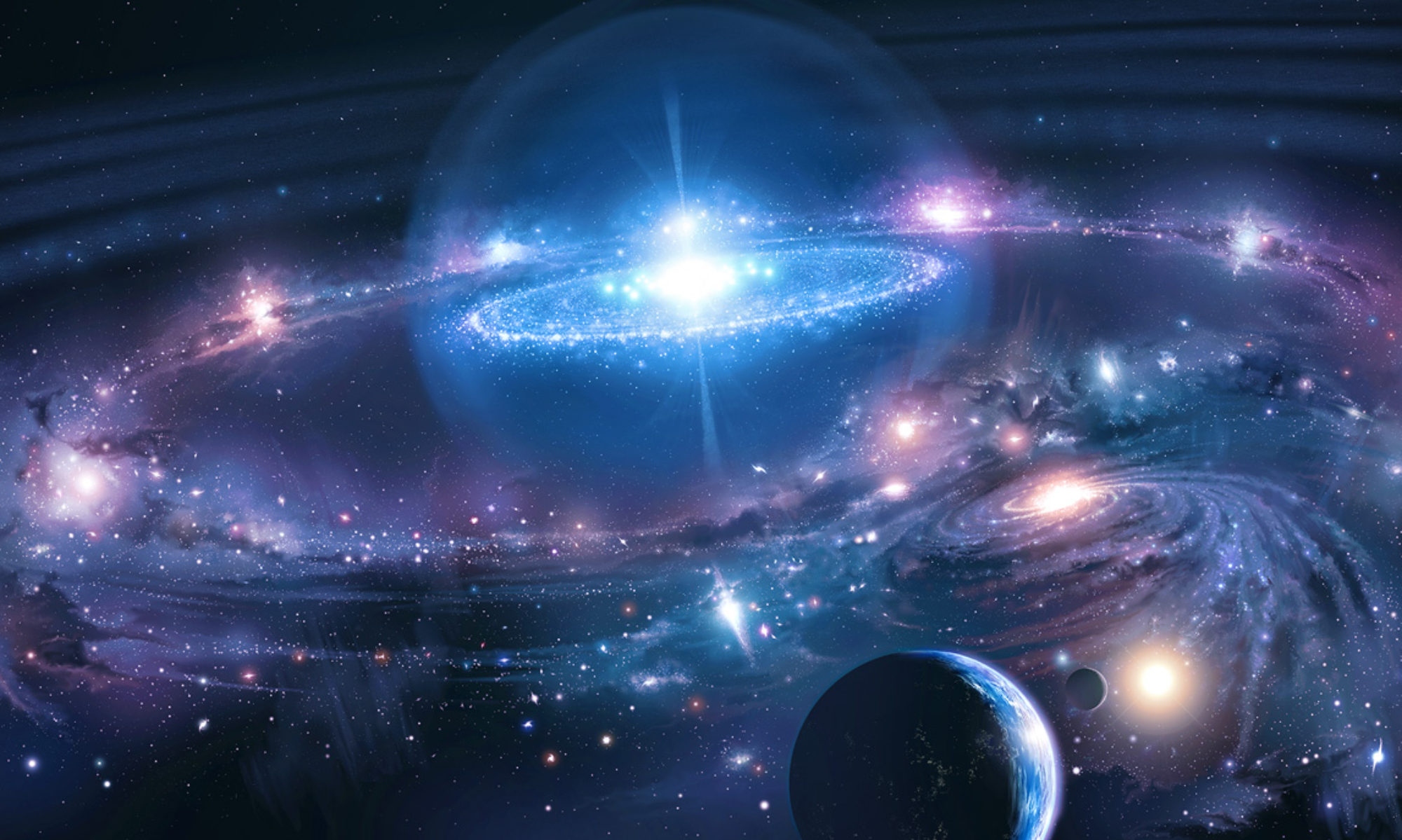Physics, Space Sciences
Date : Nov. 2020
Source : Science Magazine

Since the discovery of the anomalies of galaxies’ outer stars rotations (Fritz Zwicky, 1933’s), scientists have not been able to develop a satisfactory theory to explain the observed phenomenon. The concept of Dark Matter was introduced to account for the departure from general relativity model. Later, Dark Matter was used as a necessary component to validate the Big Bang theory, i.e. without Dark Matter, it is not possible for the initial sidereal bodies to form.
Dark Matter must pervade every galaxy. Yet, after decades of modeling and observations, not a single particle of Dark Matter has been spotted.
A new hypothesis surfaced, based on the observations of the distribution of galaxies from the CMB (Cosmic Microwave Background), which includes a gravity model which would be attractive at some length scale and repulsive at others.
Mme Blavatsky wrote (Isis Unveiled I. p.271, Ed. 1877) : “That there is no gravitation in the Newtonian sense, but only magnetic attraction and repulsion; that it is by their magnetism that the planets of the solar system have their motions regulated in their respective orbits by the still more powerful magnetism of the sun, not by their weight or gravitation.”
See the video : YouTube

